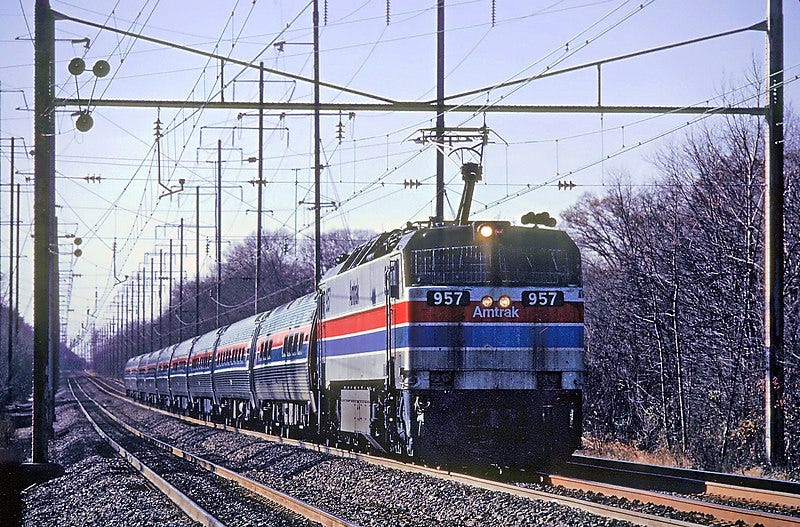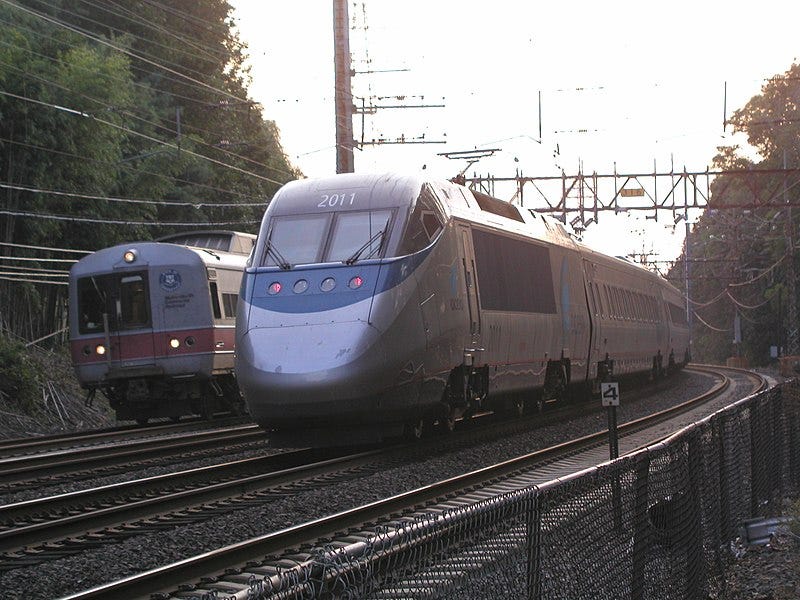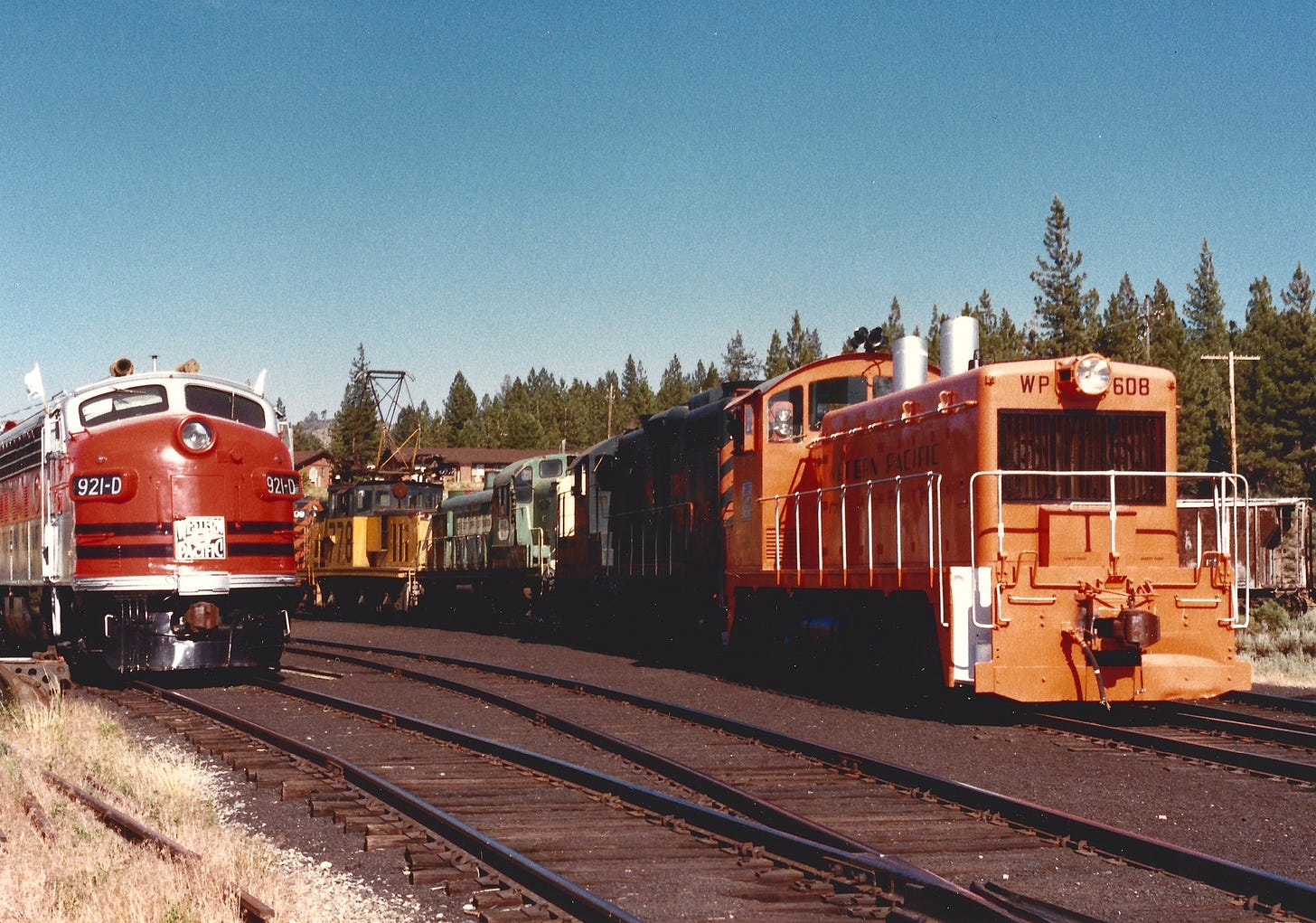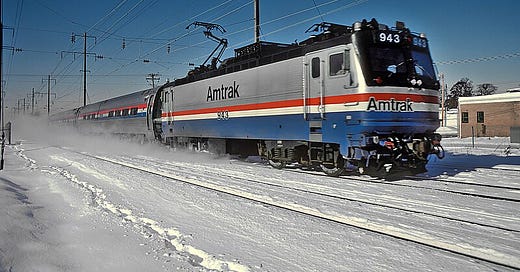Electric Loco’s: Manufacturers, Exemplary Models
With regard to electric locomotives, the U.S. builders of Electro-Motive Division (one-time subsidiary of General Motors Corporation) and General Electric, immediately come to mind.
Exemplary Models
As far as exemplary models of electric locomotives are concerned, EMD’s AEM7 was in use along Amtrak’s 457-mile-long Northeast Corridor (NEC). The model was capable of attaining a maximum speed of 125 miles per hour.

Then again, General Electric’s comparable E60C model electrics held down a number of NEC assignments, in addition to those in industrial, mining and public transportation applications. The E60Cs produced a healthy 6,000 horsepower and rode on six axles, producing an average 1,000 horsepower per driving axle.
No doubt the more prevalent of the two, GE’s E60s were once in service in Arizona, Colorado, Texas and Utah in coal-mining and power-plant operations such as those on the Black Mesa & Lake Powell in Arizona and the Deseret Western running between mine and power plant in Colorado and Utah, to name just two. With regard to public transportation in a commuter-rail application, New Jersey Transit used a contingent of E60 models.

Around year 2000, meanwhile, Amtrak procured from locomotive builder Bombardier-GEC/Alstom of Canada, 20 high-speed trainsets for operation along the NEC, running between Boston and Washington, D.C. Known as Acela, these electric trainsets (originally dubbed The American Flyers), could reach 150 mile-per-hour speeds, falling more in line with those in existence then in both Asia and Europe.

On the other hand, a number of industrial/lumber/mining operations employed the use of center- or steeple-cab locomotives to meet their operating needs. Examples of these diminutive electric locos could be found faithfully serving their owners from coast to coast as well as from the Canada/U.S. to the U.S./Mexico borders. A rare few may even still be in operation on railroad/traction museum trackage thereby extending their useful lives and preserving an important part of railroad history.
Aside from the primarily DC-powered center- or steeple-cab versions, underground mining operations that employ low-profile electrics to ferry ore cars into the respective mines to retrieve the mineral being extracted, in essence bring the so-called “pay-dirt” to the surface for further handling, an example of which is the removal of diatomaceous earth from a subsurface mine in the hills above Santa Ynez Valley located just outside Lompoc, California, on the Golden State’s central coast, one of the more interesting mining operations.
Image credits: Roger Puta via Wikimedia Commons (1st, 2nd); Connor Harris via Wikimedia Commons (third); Alan Kandel (fourth)
All material copyrighted 2025, Alan Kandel. All Rights Reserved.




